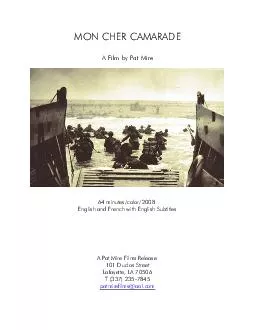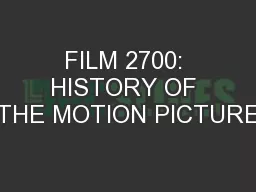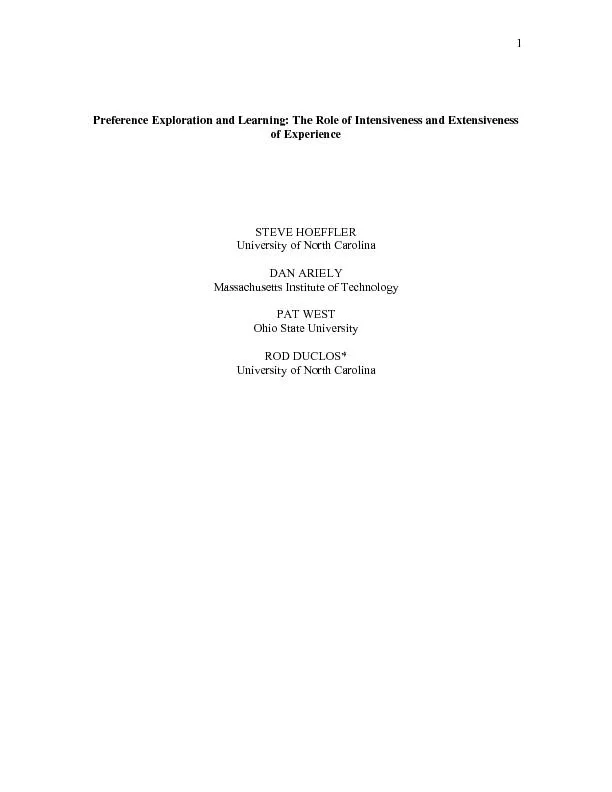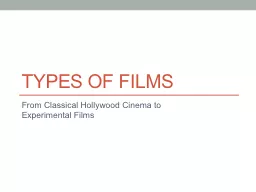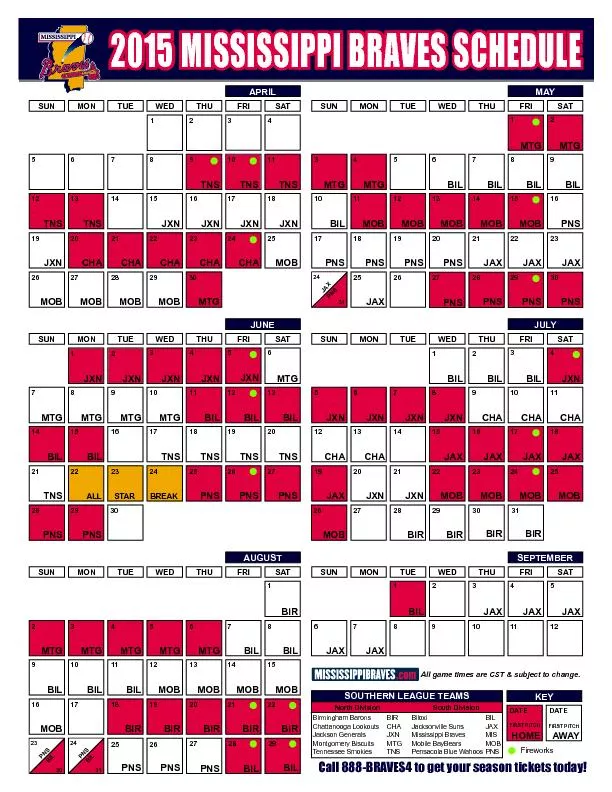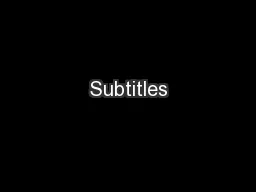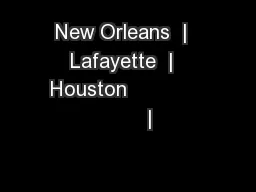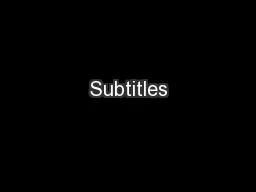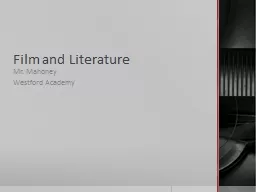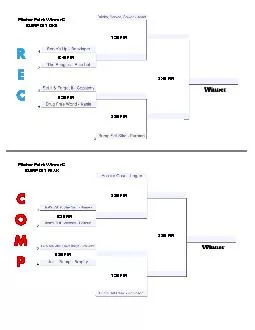PDF-MON CHER CAMARADE A Film by Pat Mire minutescolor English and French with English Subtitles
Author : lois-ondreau | Published Date : 2014-11-21
com brPage 2br Cajun translators were as important to the American war effort as the much acclaimed Native American Code Talkers yet the Cajun translators contributions
Presentation Embed Code
Download Presentation
Download Presentation The PPT/PDF document "MON CHER CAMARADE A Film by Pat Mire mi..." is the property of its rightful owner. Permission is granted to download and print the materials on this website for personal, non-commercial use only, and to display it on your personal computer provided you do not modify the materials and that you retain all copyright notices contained in the materials. By downloading content from our website, you accept the terms of this agreement.
MON CHER CAMARADE A Film by Pat Mire minutescolor English and French with English Subtitles: Transcript
Download Rules Of Document
"MON CHER CAMARADE A Film by Pat Mire minutescolor English and French with English Subtitles"The content belongs to its owner. You may download and print it for personal use, without modification, and keep all copyright notices. By downloading, you agree to these terms.
Related Documents

